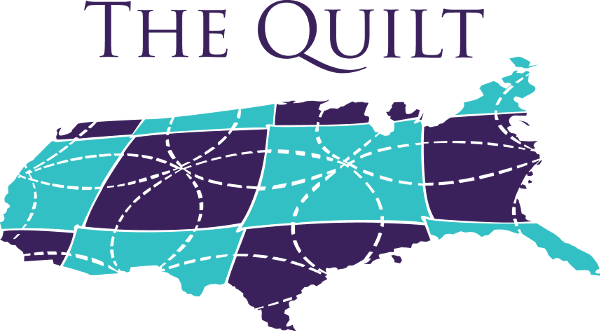
A panel of national and international R&E network leaders came together recently for “R&E Networks at a Crossroads” during CENIC’s 2019 Conference.
The Square Kilometer Array radio telescope — the largest scientific facility on Earth — will generate more data per day than the entire global Internet when it comes online in the mid-2020s. SKA will help search for Earth-like planets, signs of alien life, dark matter, and black holes. It will be 10,000 times more powerful than any telescope currently used.
The project represents a tremendous opportunity for science, but it comes with a massive challenge to provide unprecedented computing power and historic data networking capabilities. It’s an example of the ever-increasing demands on research and education networks that serve data-intensive projects. These days, R&E networks find themselves at a crossroads with demands at all-time highs and budgets that have not kept pace.
A panel of national and international R&E network leaders came together at CENIC’s 2019 Conference to discuss the challenges networks face and what they’re doing to provide the high-speed connectivity and customized services that bolster scientific discovery and promote digital access. R&E networks have helped researchers solve some of science’s biggest challenges in fields such as natural disaster mitigation, climate change, medicine, and information technology. Networks also help bridge the digital divide, and provide new opportunities for online education and workforce training.
“It’s important to tell our stories,” said Jen Leasure, president and CEO of The Quilt, a consortium representing R&E networks across the United States. “As R&E networks need to do a better job of telling our stories through outreach and education about the impact of these networks and their services.”
Panelists Carlos Casasús (CUDI), Louis Fox (CENIC), Jen Leasure (The Quilt), Inder Monga (ESnet), Howard Pfeffer (Internet2), and Tripti Sinha (MAX) agreed that one of the greatest assets of R&E networks is their ability to collaborate. While commercial Internet service providers are characterized by competition, R&E networks thrive because of collaboration is fundamental to their work: the science and education communities they serve are frequently unbounded by discipline, institution, or geographic borders. Moreover, by working together, R&E network members typically enjoy reduced costs, shared expertise, shared services, advanced security, increased buying power, and economies of scale.
“Networks provide enormous capabilities and potential for serving all of the missions of our diverse research, education, library, arts and culture, health care, and government constituencies,” said Louis Fox, CENIC president and CEO. “We want to ensure that the valuable network resources and services we are entrusted to develop and operate serve these constituencies, help them further their work, and help them reach their most audacious and ambitious goals.”
Several leading networks are on the verge of major technology upgrades to support increasing traffic demands. The Department of Energy’s ESnet, the world’s fastest network for science, has experienced exponential traffic growth and is now moving more than a petabyte of data per week. As a result, ESnet is planning its next-generation architecture, ESnet6, which will deliver up to eight times more capacity. Internet2, the nation’s largest and fastest coast-to-coast R&E network infrastructure, saw traffic increase 2,500% between 2008 and 2016.
R&E networks drive innovation. Networks are designed to move huge amounts of data across the globe quickly, reliably, and securely, to accelerate scientific discovery that solves the big issues facing our world. R&E networks work together in a way that commercial providers cannot. “Research and education networks play a huge role in diminishing the gaps between the haves and have-nots,” said Carlos Casasús, director general of Mexico’s R&E network, CUDI (Corporación Universitaria para el Desarrollo de Internet).
Networking can supersede politics, and provide an important model for international collaboration. Seven countries signed an agreement in March to create a global governing body for the SKA telescope array. The body was modeled after CERN, Europe’s particle physics laboratory in Geneva, Switzerland. CERN’s scientific publications and resources are open source, freely available in a highly collaborative environment. It’s public science for the benefit of society.
At the center of CENIC’s work is its commitment to supporting the research and educational missions of its members. More than 20 million people, including the vast majority of K-20 students together with educators, researchers, and individuals at other vital public-serving institutions, rely on CENIC’s California Research and Education Network (CalREN) to connect with each other and the world. CENIC provides exceptional value in advanced networking based on our unique understanding and undivided attention to our users’ needs. We share our knowledge and serve as an advocate for public policy that advances broadband access for all.
Watch video of the complete panel discussion, “R&E Networks as a Crossroads,” from CENIC’s 2019 conference.
(Editor’s Note: The following has been re-published by permission from Quilt Member CENIC.)
